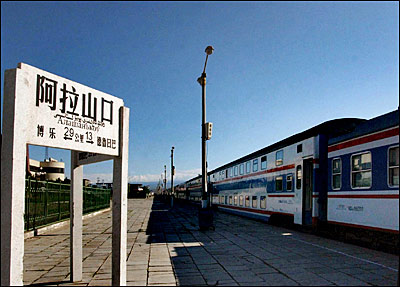
In 1978 the Chinese government decided to implement a gradual opening-up policy whilst setting in motion economic restructure. Beginning in 1980, China established five special economic zones in Shenzhen, Zhuhai and Shantou in Guangdong Province, Xiamen in Fujian Province, and Hainan Province. In 1984 China further opened 14 coastal cities to the outside world, namely, Dalian, Qinhuangdao, Tianjin, Yantai, Qingdao, Lianyungang, Nantong, Shanghai, Ningbo, Wenzhou, Fuzhou, Guangzhou, Zhanjiang and Beihai. Starting from 1985 China listed the Yangtze River Delta, Pearl River (Zhujiang) Delta, South Fujian Triangle, Shandong Peninsula, Liaodong Peninsula, Hebei and Guangxi as the economic open areas, thus forming an open coastal economic belt. In 1990 the Chinese government decided to develop and open the Shanghai Pudong New Zone, and further open a number of cities along the Yangtze River, thus forming the Yangtze River Open Belt spearheaded by Pudong. Since 1992 the Chinese government has opened a number of border cities and the capital cities of all the inland provinces and autonomous regions; set up 15 bonded zones, 49 state-level economic and technological development zones and 53 new and high-tech industrial development zones in large and medium-sized cities. The result is an all-round, multi-level, wide-ranging setup for opening-up that integrates coastal, border, river and inland regions. As these areas adopt different preferential policies, they have served as windows and played a radiation role in developing an export-oriented economy, generating foreign exchange earnings by exporting products and importing advanced technologies.
